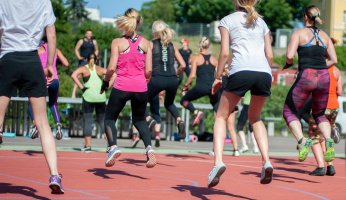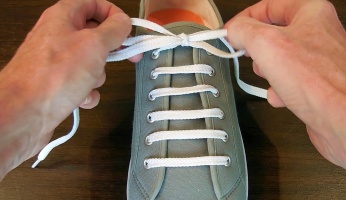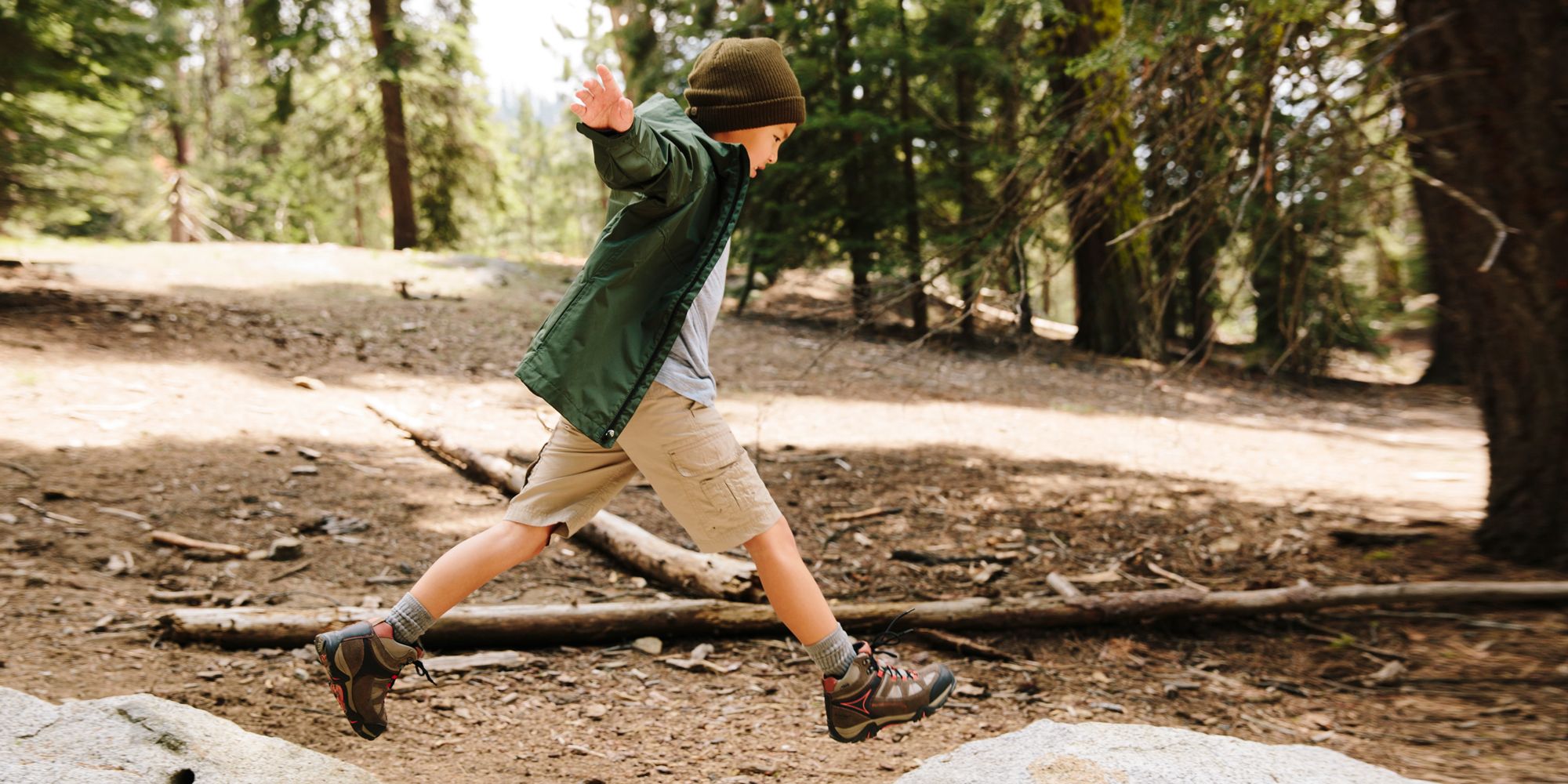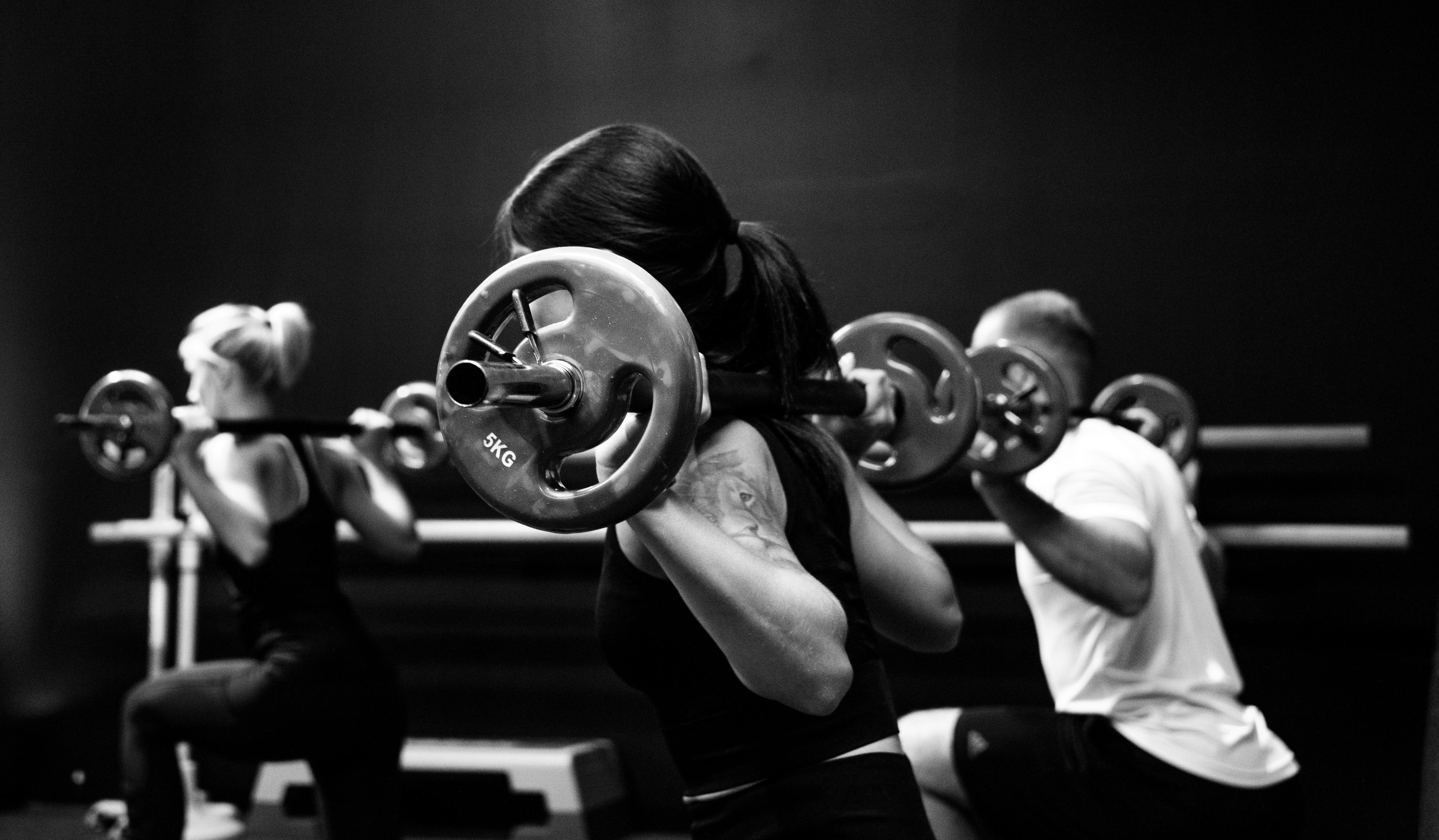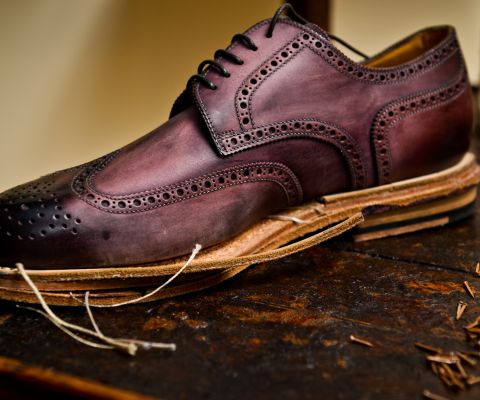Home Remedies to Treat, Exercise, and Prevent Bunions
 Home Remedies to Treat, Exercise, and Prevent Bunions www.walkjogrun.net
Home Remedies to Treat, Exercise, and Prevent Bunions www.walkjogrun.net Bunions (Hallux Valgus) are a bony protrusion on the side of your foot at the base of your big toe. This is the result of your foot getting misaligned and then the joint between your big toe and foot protrudes making your big toe point more towards your other toes.
The appearance of a bump at the base of your big toe is what you get. They can be painful and have no true cause as to why they appear other than genetics. In this article, I will discuss home remedies to treat, exercise, and prevent your bunions from growing.
When I was around 13 years of age, I was wearing a pair of sandals that fit me perfectly, but as I wore them, they would rub against and irritate the bony area at the base of my big toe. Within weeks, I noticed a bony protrusion where the irritation happened and I have had bunions ever since. And I wish I knew then what I know now.
What causes bunions?
Although the true cause of bunions is unknown, there are some factors that may put you at an increased risk for developing bunions such as:
- Bunions running in your family (genetics)
- Rheumatoid Arthritis
- Shoes that do not fit properly
Shoes that fit improperly are a play on your genetics due to you having a foot type that increases your risk of developing bunions. So, the crowding of your toes or wearing heels may make the progression of misalignment at the joint between your big toe and foot happen quicker. And this may be the reason women suffer from the formation of bunions more often than men.
How to treat bunions?
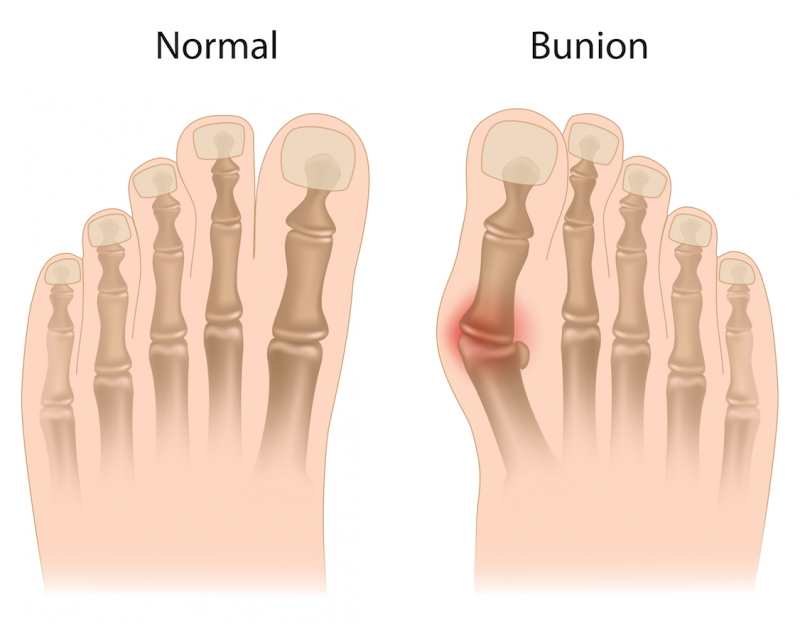
Depending on the severity of your bunions, how much you are on your feet, and how flexible your big toe is, may determine how much pain and discomfort you experience.
It is important to know that these home remedies for bunions are only to treat the pain or discomfort and will not change, reduce, or remove your bunion. Surgical correction is the only way to remove a bunion.
Treat pain and discomfort of your bunions by:
- Icing the area
- Soaking your feet in warm water
- Taking ibuprofen, acetaminophen, or another non-steroidal anti-inflammatory drug
- Taking rest in between standing for a long time
- Wear shoes with a wide toe box
- Use bunion pads and cushions to protect the area
- Over-the-counter shoe inserts or prescribed orthotics to help with foot alignment and support
Toe spacers and splints may be used to help relieve pain and discomfort, but relief is only temporary and while the devices are in use.
There is also limited research on how effective these approaches are and they are not a recommended treatment if you have diabetes.
How to prevent bunions from growing?
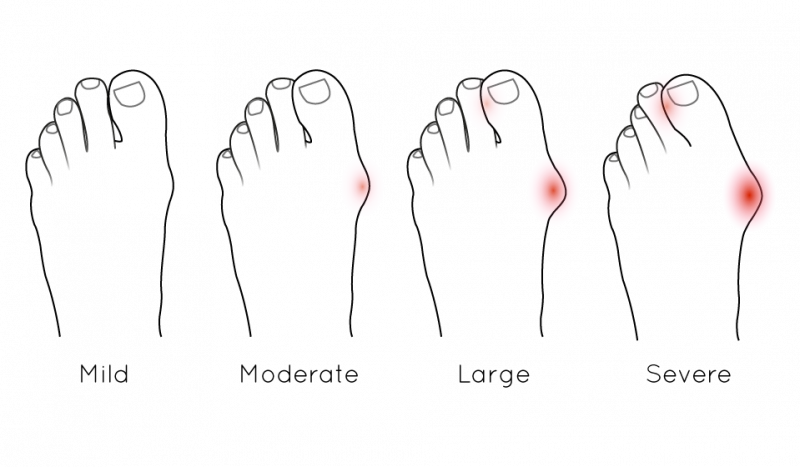
If you are suffering from bunions, there are a few things that you want to be sure of to help prevent them from growing. You will want to:
- Make sure your shoes give you support
- There is wiggle room for your toes (wide toe box)
- Try shoes on in the evening (prevent tightness)
- Prevent stiffness by stretching toes
- Maintain a healthy weight
- Protect the area (with cushion/padding)
- Consult a Podiatrist (foot doctor) if home remedies are not helpful
Bunions are a bone and tissue deformity, so decreasing the factors that increase irritation and pain is very important. Because bunions are a progressive disorder, as you get older, the symptoms may become worse. This means the other areas of your foot could be affected and that the bump on the side of your big toe could increase in size.
What are bunion exercises?
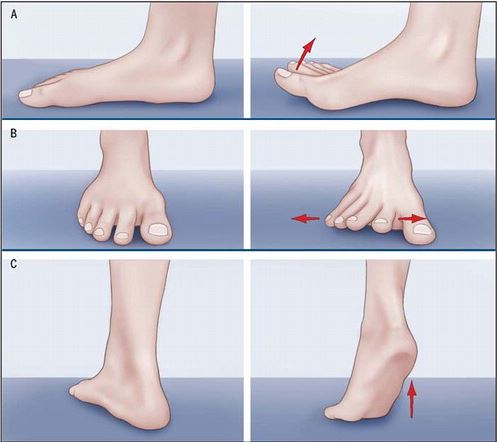
Bunion exercises, like exercises for the rest of your body, help to keep your toes mobile and strong. Both of these exercises can be repeated several times and should be held in the positions for 10 to 15 seconds.
- Take your big toe in your hand and pull your toe into different directions and hold
- Grab your big toe with your hand and gently pull it like you are “pulling it off” and hold in this position
- Pull your toes in (like a ballet toe point) hold for 5 seconds and release. Repeat 20 times.
If you are advanced in age or have arthritis please consult your Podiatrist prior to doing any exercises.
Where do you go from here?
Our feet are what help us navigate through life and our toes help to provide balance on the path navigated. So, take care of your feet and if you are experiencing pain that is not relieved by any of the above home remedies or gets worse, consult your Podiatrist. They will have treatment plans that can be catered to you specifically.
If surgery is your solution, remember that bunions can return after surgery so continue to follow your preventative measures and you may have more stiffness and weakness in your toes. So, always make sure the benefits outweigh the risk.
I have had bunions for the majority of my life and have only experienced occasion pain here and there. But, I am intentional at making sure my feet are taken care of by wearing properly fitting shoes, checking my feet daily for callus and signs of swelling, and resting my feet between long periods of standing.
To make sure you are wearing the right shoes to prevent and relieve bunion pain, check our Best Shoes For Bunions Guide (2021).
Sources
- , 7 Ways to Ease Bunion Pain Without Surgery, Clinic
- , Bunions advice leaflet, Gov
- , Bunions, Clinic






